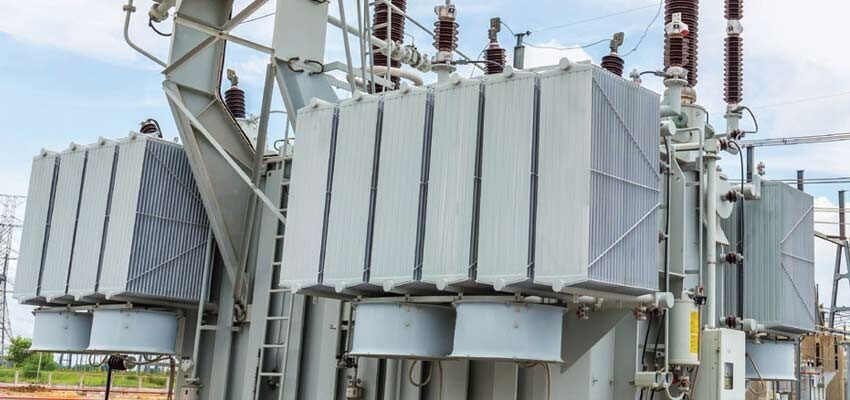
Insulating liquid properties impacting transformer performance
Abstract This paper briefly discusses the functions of a power transformer’s insulating liquid in achieving effective cooling and reliable performance under high voltage stress, and...
byC.P. WOLMARANS, B. PAHLAVANPOUR

Abstract
This paper briefly discusses the functions of a power transformer’s insulating liquid in achieving effective cooling and reliable performance under high voltage stress, and in having sufficient oxidation stability to maintain performance, as well as low maintenance. Low viscosity over operating temperature range, high oxidation stability and favourable streamer propagation behaviour characterized by high acceleration voltage are key aspects of a good insulating liquid. The efficiency of a power transformer can be partly improved by increased convective cooling, thanks to a lower viscosity of the liquid. Moreover, many established electrical design rules for oil/paper systems used in power transformers of today rely on the characteristics of “traditional” mineral oils, which typically have high acceleration voltage. Furthermore, the insulating liquid’s oxidation stability and ageing behaviour will have a direct impact on a transformer’s total cost of ownership for its operator.
Keywords: insulating liquid, oil, power transformer
1. Introduction
Most power transformers worldwide are mineral oil filled, where the oil serves dual primary purposes – insulation and cooling. In the Americas, it is common for mineral oil to be used according to the standard ASTM D3487, and in the rest of the world predominantly according to IEC 60296. Historically, such mineral oils meeting the historic standard equivalents were mainly made up of refined naphthenic distillates and, to a lesser extent, paraffinic distillates. The refining techniques used to produce such liquids were originally solvent extraction and acid clay treatment, but in later years (late 1980s) severe hydrotreatment was more common – and now is the main technique for refining mineral oils for insulating applications.
Alternative liquids such as Poly-Chlorinated Bi-phenyls (PCB), silicone fluids, synthetic esters and natural esters have also been used in oil filled power transformers – PCB being the most notorious due to major health and safety issues that became a worldwide issue and are now phased out. At present, the landscape sees naphthenic mineral oils still as the majority, with paraffinic and iso-paraffinic liquids also being used. Synthetic and natural ester filled transformers are also used in certain applications.
To the transformer manufacturer or end-user, the increased commoditization of both mineral insulating oils and ester based fluids often means that the approach to the insulating liquid is “oil is oil”. Nonetheless – even within liquids sold to a certain standard (such as IEC 60296) there can be several differing products, each with differing properties and subsequently differing performance. These differences naturally become larger when comparing liquids of significantly different chemistry (i.e. between mineral oils and ester fluids). Therefore, when selecting the materials used in a transformer, optimising its design and evaluating its total cost of ownership, it is essential that the impact of the insulating liquid is considered.
This paper provides some information on the key parameters and functions of insulating liquids that can influence the performance, reliability and efficiency of an oil filled power transformer; namely, cooling, high voltage (HV) performance, and ageing behaviour.







